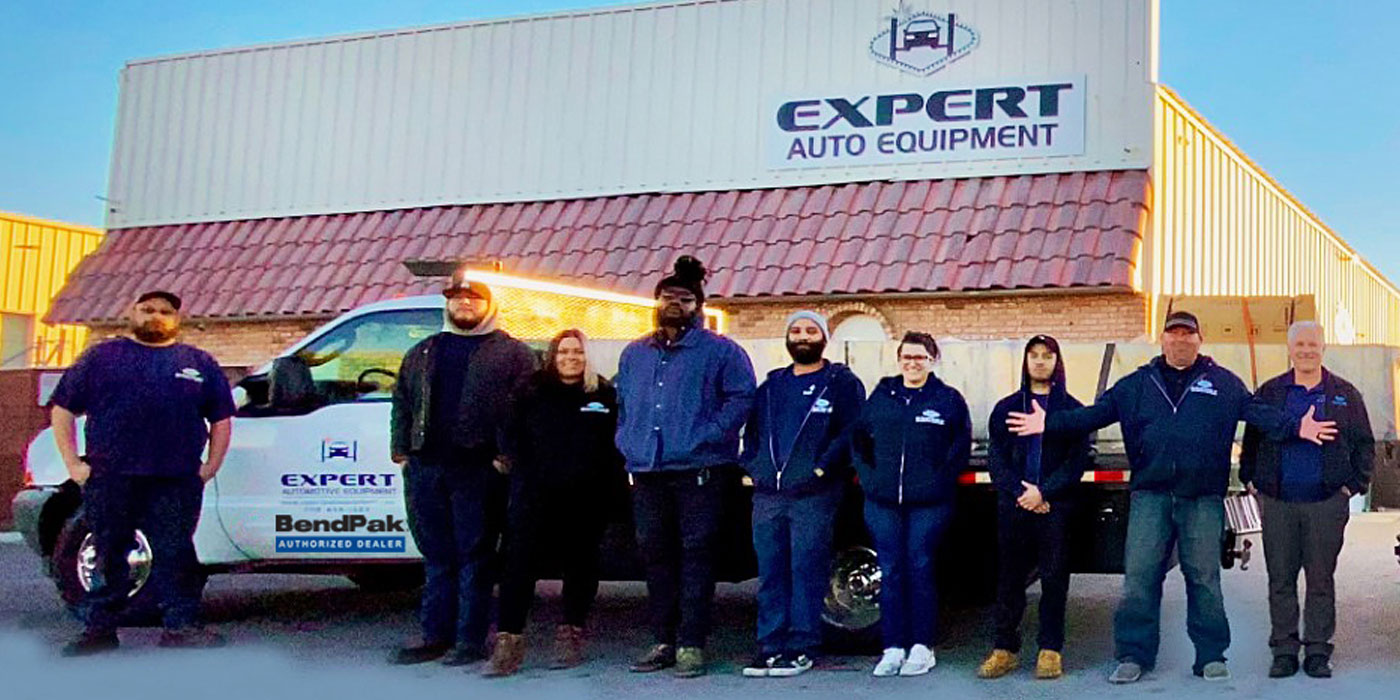Editor’s Note: This is the second article in a series on customer service. The first article, Creating Customer Loyalty: Are Your Customers Really Happy With Your Service, can be found online here. Creating Customer Loyalty
The first step in assessing the quality of service that you offer your customers is to conduct a self-evaluation, which you did in the previous article. As you recall, to help with your self-evaluation I developed a test based on the Texas A&M research. Assuming that everyone took the test and can identify the strengths and weaknesses of their customer service, the next step is to examine each dimension so you can bridge any service quality gaps that may exist.
In this article, we’ll take a look at the most important dimension as defined by the customer – reliability. And, we’ll discuss how to bridge the reliability gap.When we talk about reliability in customer service, what do we actually mean? Simply stated, being reliable means doing what you said you would do for the customer when you said you would do it. In other words, it means "keeping your service promise."
You might say, what’s the big deal about reliability? We’re reliable. Other businesses that we do business with seem reliable. Why then, should we spend time focusing on such an issue? The answer is simple. In a time when quality, availability and competitive price of product is commonly offered, reliability can be one of the most influential determinants in the customer’s buying decision. Customers might buy from you in the first place, but whether or not you deliver on your service promise influences their repeat buying decisions. In the aftermarket environment, breaking the service promise in the parts business can cost additional sales. In a way, every time you fail to deliver on a promise, the business loses a little piece of future growth.
If you’re still unconvinced about the relative importance of reliability for creating customer loyalty, consider this scenario. If an installer requested a part for a repair and the part did not arrive as promised – the parts store broke its promise.
Accordingly, the customer responds unsatisfactorily. Either they don’t return and start doing business elsewhere, or worse, not only do they fail to do repeat business with you, they also spread the word about your poor service.
Your parts business fails to be reliable when you don’t do for the customer what you promised to do. Therefore, managing promises becomes the key to customer service reliability. However, before you can effectively manage promises you must understand exactly where they originate from. Through my research I’ve identified three levels on which promises are made. The first are promises you make – individual promises made to customers by you or your employees; second are organizational promises made through warranties, advertisements, etc.; third are preconceived promises – those that customers have about your service, acquired through past dealings or by word of mouth of other customers.
Customer service promises made by employees represent the majority of all promises made. When an employee tells a customer, "The part will be in tomorrow," or "We’ll deliver the parts order by 9:00 a.m." or "This sensor will correct your problem," he is making a promise to the customer.
Customers don’t distinguish between promises made by individual employees as separate from the business as a whole. A promise made by an individual employee is a promise made by the entire business.
Organizational promises are promises made by the company through its advertising, marketing, warranties and policies. These promises can be stated or implied. For example, if you tell customers they can receive complete refunds on returned parts accompanied with a sales receipt, they would expect that service without question. This would be an example of a stated promise.
On the other hand, a customer with a defective part under, say, a Delco warranty would expect that the problem could be resolved by any Delco dealer. This would constitute an implied promise.
Customers will expect similar service based on past experience with your business or by what they were told or heard about your business. They will come with specific expectations about the service that you provide – whether developed from past experiences or assumptions. If they received the correct parts on a previous visit, they will expect to receive the correct parts on any subsequent visits. If the parts they ordered arrived on time as promised, they will expect the same with their next order. If an acquaintance of the customer recommended you as a source of parts because you always have the parts in stock, the customer would expect that you will have what they want when they need it.
So how do you keep the service promise? Simple, you have to manage your promises. To help you accomplish this, the best advice I can offer is, "Under promise and over deliver." If you over promise you raise customer expectations relative to the service offered. The higher the customers’ expectations, the higher the delivered service must be to meet and exceed those customer expectations. Every time you deliver on your promise, you’re perceived by the customer as being reliable.
In spite of all the well-intentioned efforts by your store, promises will get broken. Whether the broken promise is your fault or caused by something beyond your control, you must be able to step in and fix the broken promise before the reliability of your business becomes compromised. How do you mend a broken promise to a customer? The answer is first by quickly responding to the broken promise then by offering a fix that provides an immediate solution to the customer’s problem. The following is a suggested method.
When a broken promise is pointed out to you:
- Admit a mistake has been made. Whether you believe it or not the majority of customers are more reasonable than you think. Honestly admit the mistake so the process of finding a solution can begin.
- Apologize immediately.
Regretting the mistake is an important first step when asking the customer for a second chance. Although broken promises create problems, they also create another opportunity to prove your reliability to the customer.
- Take responsibility; don’t pass blame.
The customer is dealing with you and isn’t interested in hearing about the supplier foul up, the trucking company that lost the order or someone else in your organization that messed up. It isn’t important to the customer who made the mistake or how it happened. What is important to the customer is the fix and how fast it will occur.
- Find out what will help the customer now!
Ask the customer what he or she needs now and do what you can to make it happen. The best solution is one that’s agreeable to the customer. Once the action is decided on, make sure you follow through.
As the Texas A & M research revealed, you only get a second chance with the customer to prove your reliability. There are no third chances.










